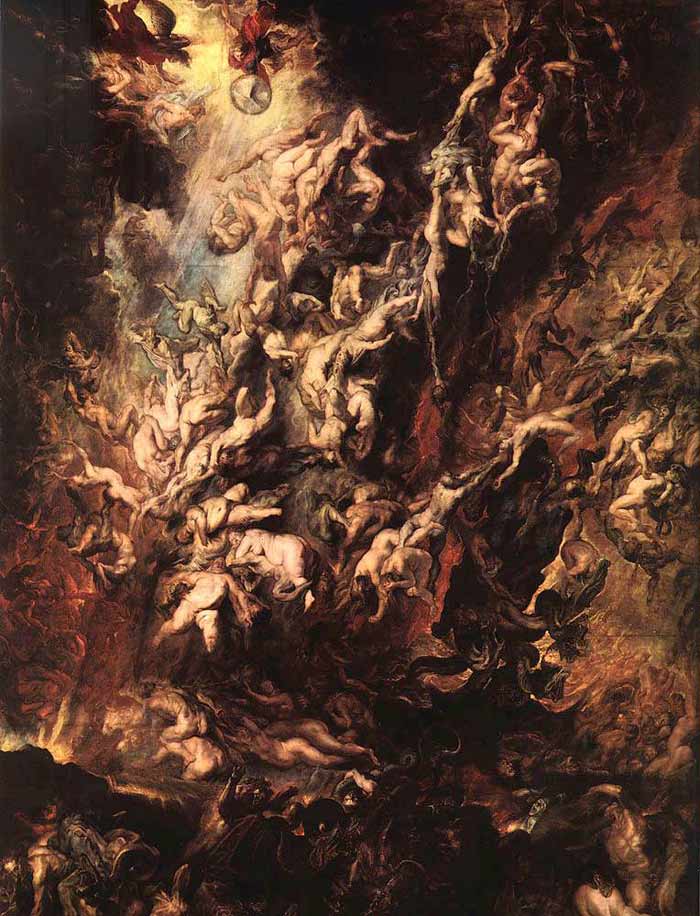Article from Mick Parker, Drawing Academy student
Thank you ‘T’!. I found your article “How I got my art back” really helpful and inspiring.
I never studied art formally apart from a brief 6 week summer school 20 years ago, which hindered rather than helped me due to its focus on expressive methods and the short time spent actually learning to draw – the first 2 days in total! I think that experience put me off really, but like you the ‘something missing’ thought kept recurring. My dad was a typographer and graphic artist who taught me lots about drawing, but although much of it became ingrained in my subconscious, I was too ‘lazy’ to really spend any significant amount of time putting what he taught me into practice. I suspect that the ‘laziness’ was a form of perfectionism masked as procrastination – ‘I can never be as good as the artists I like so it is better not to try.’
I have always liked the Renaissance ‘cartoons’ of Da Vinci, Michelangelo and Raphael I also like the drawings of Rembrandt, Ingres and Moore. But what really inspires me are the figures of Rubens depicted in his ‘Fall of the Damned’ drawn in all positions, from all perspectives, in twisting, deformed shapes.
I know that he was influenced by Titian, but in my opinion surpassed what ‘that old man’ (since his greatest works were done after the age of 75) did. Robert Beverly Hale said that probably no living artist can draw anatomically correct figures as well as the worst of the artists featured in his ‘Drawing Lessons from the Great Masters’. Whether or not this is true I am not qualified to judge, but do know that the classical style of drawing fell out of favour sometime in the late 20th century. Though it had probably started to decline even by the time of Ruskin, hence his drawing course as an attempt to redress this.
I am frustrated by the current lack of appreciation for ‘realistic’ drawing in art. Much of what passes as drawing nowadays I find trite and superficial. There is also a lack of appreciation for representing mass. Henry Moore noted this trend in the preliminary drawing of sculptors. However, I do get bored by copies of Renaissance drawings which show technical skill but at the expense of any expression at all. Like the multitude of technically perfect, but completely meaningless photos on the various photo sharing websites. Andreas Feininger noted this trend in photography some 70 years ago. I suspect the trend has gotten worse with Photoshop.
My own definition of art is threefold: (1) says something new or interesting about the world; (2) solves a technical problem; (3) represents and object or idea in a recognisable or understandable manner.
For example, Hirst’s ‘Tiger Shark’ (The Physical Impossibility of Death in the Mind of Someone Living’ (1991) seems to meet criterion (1) in the sense that this became very ‘real’ for me on seeing my nan lying dead at the undertakers. I kept expecting her to move, as did my sister.
Criterion (2) would be met by a friend of mine who had a Masters degree in art and convinced me that one unsolved problem in drawing was how to represent the cast shadow of a chair. Looking at examples throughout history I think he’s right. There is something about the cast shadow of a skeletal structure like a chair (or a skeleton for that matter) that defies attempts to render it correctly.
The third criterion goes hand-in-hand with both of the other criteria. Without being able to express either the object or the idea truthfully or coherently, the ‘art’ is indefinable. Obscurity does not equate to ‘meaning’. These criteria have come to me through my own exploration of art and my background in philosophy. I don’t object to conceptual art per se, but do expect it to ‘mean something’ rather than simply copying an old and jaded idea by someone else. Labelling an object art because the artist says it is was innovative, and necessary, when Duchamp said it a hundred years ago, but it is tired and meaningless now. Similarly when film makers take an idea such as Descartes’ ‘evil demon’, make a trilogy out of it and label it philosophical. The ‘Matrix’ was a reasonably interesting attempt to popularise an idea 450 years old, but it was hardly an original philosophical thought.
My own feeling is that while learning to draw properly fell out of favour within fine art, it remained current within illustration. I hazard that some of the best drawing of the 20th century came from ‘cartoonists’ such as Preston Blair, Burne Hogarth and Don Graham. Today books by Bridgeman and Loomis are far superior to many modern art instruction books. However, learning from books is hard, and I’m too lazy. Hence, my current enrolment in the Drawing Academy course which I hope, and believe, will get me out of this rut and finally help me to fulfil the legacy of my dad who died in 2003.







You articulated your feelings for representational art quite nicely. Indeed your knowledge of art history serves as an appropriate context, against which a time-line (with respect to classical studies through cartooning), in contrast with the ideas of “abstract art” and it’s execution, can be readily apprehended.
We live (visually) in a three dimensional world. Hence well executed representational art needs no other validation.
Thanks again for expressing your sincere and we’ll thought out sentiments.
J.K.
Thank you JK for your kind comments. I had actually forgotten I had written it until I came across it by accident!